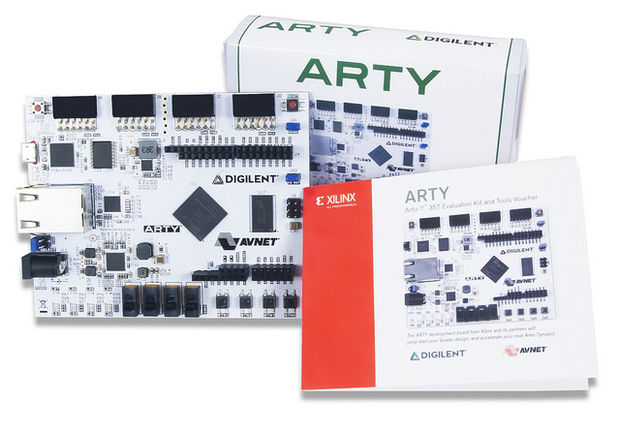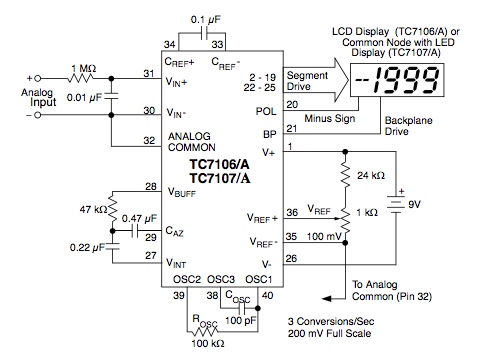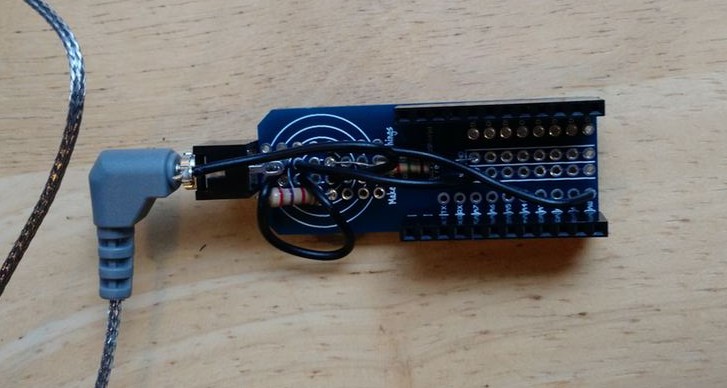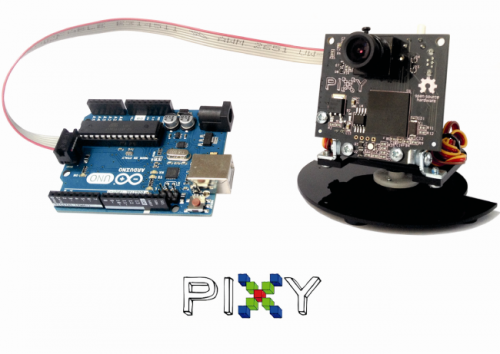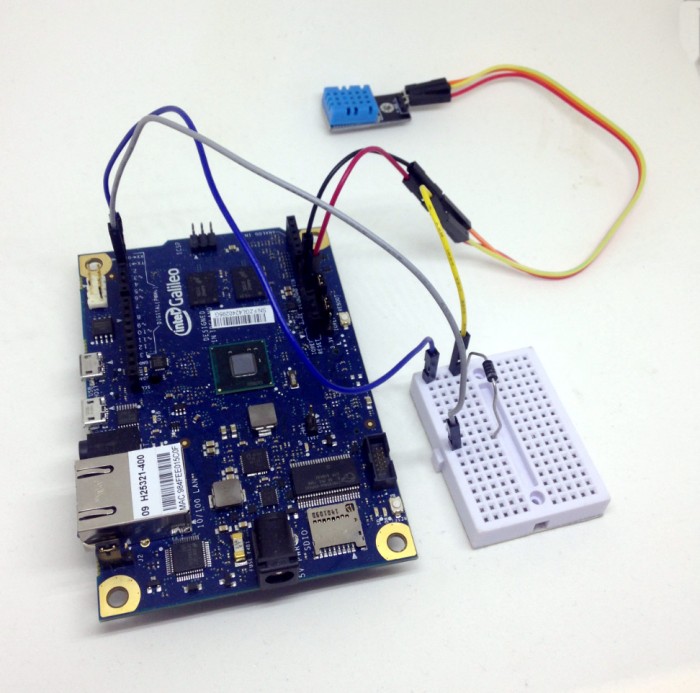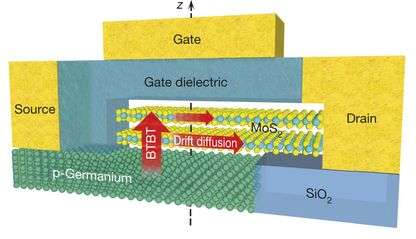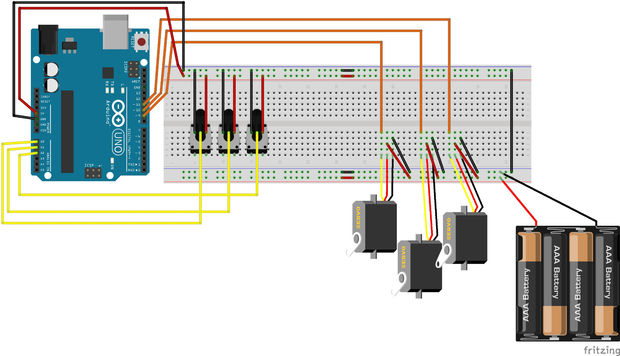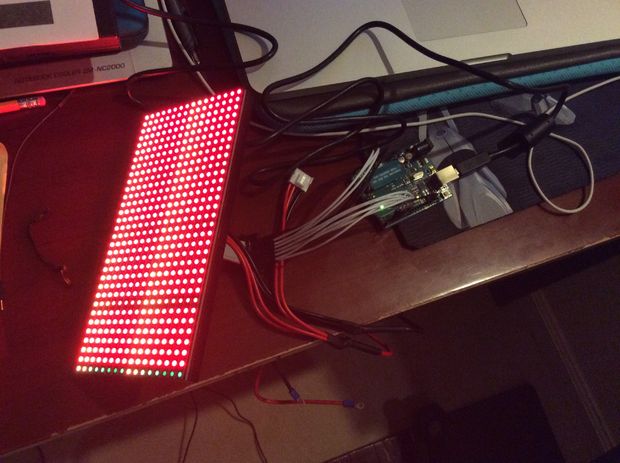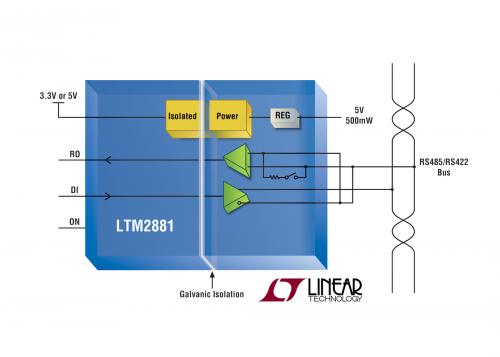
LTM2881 allows RS485 or RS422 communication even in harsh environment.
RS485 is often used as physical layer for industrial buses like ModBus, ProfiBus, InterBus, P-Net, BACnet and Bit-Bus. Bus length depends on data rate and can reach as much as 1000m.
Correct function of RS485 transceiver requires return path between GND of particular transceivers. This path can be created by connecting GND to earth potential (earthing) or by additional wire. In practical RS485 systems, ground potentials vary widely from node to node, often exceeding the tolerable range. This can result in an interruption of communications or destruction of a transceiver. Standard RS485 transceiver LTC485 is fully functional if GND potential difference is within ±7V. If difference exceeds ±14V damage or destruction can occurs.Using of additional wire which connects together all transceivers GND may looks like a good way how to avoid potential differences. But this leads to creation of ground loops that can even worsen situation.
Optimal solution is to use galvanically isolated RS485 transceiver powered from galvanically isolated power supply. In such a way GND of transceiver is fully isolated from earth potential and additional wire can be used to connect all transmitters GND together without creation of dangerous earth loops.
LTM2881 integrates all necessary components for galvanically isolated RS485/RS422 interface including isolated DC/DC converter into one compact part. No external components are required. Isolation is rated to 2500VRMS/1min and 560Vpeak-peak for continuous operation.

How to ensure a stabile RS485 communication? – [Link]



